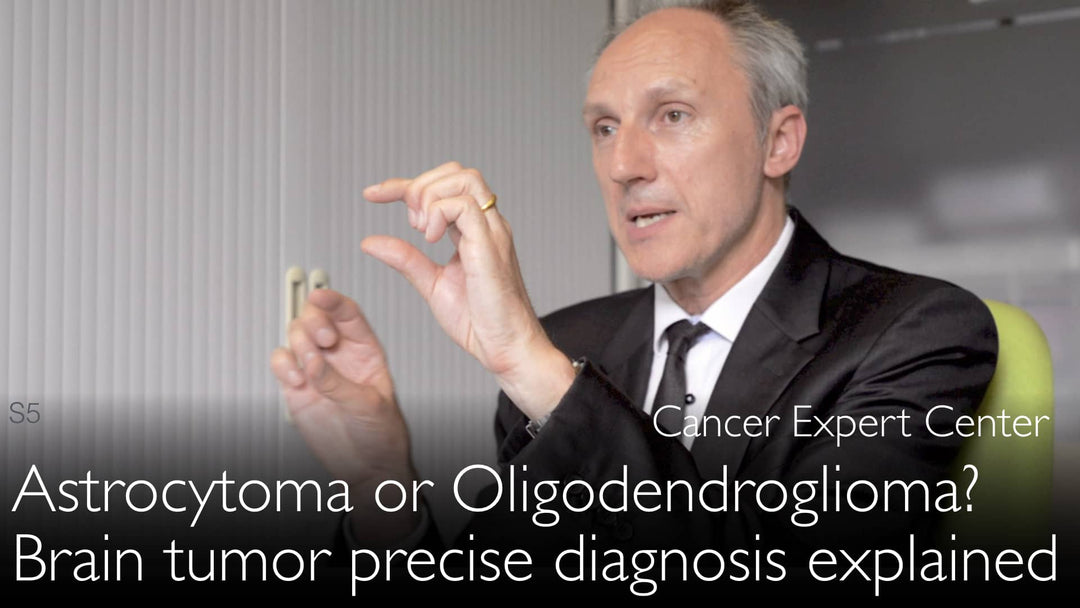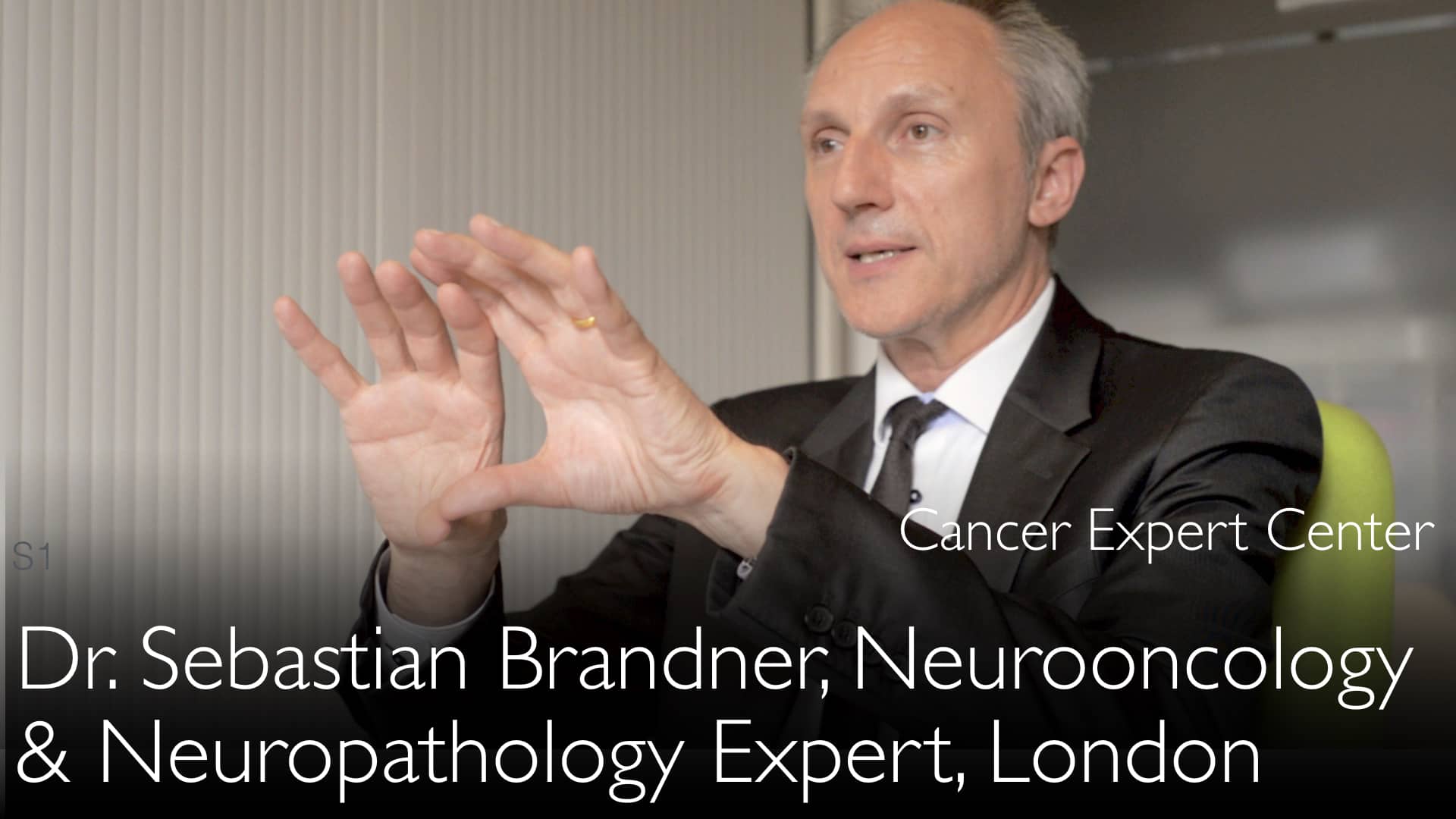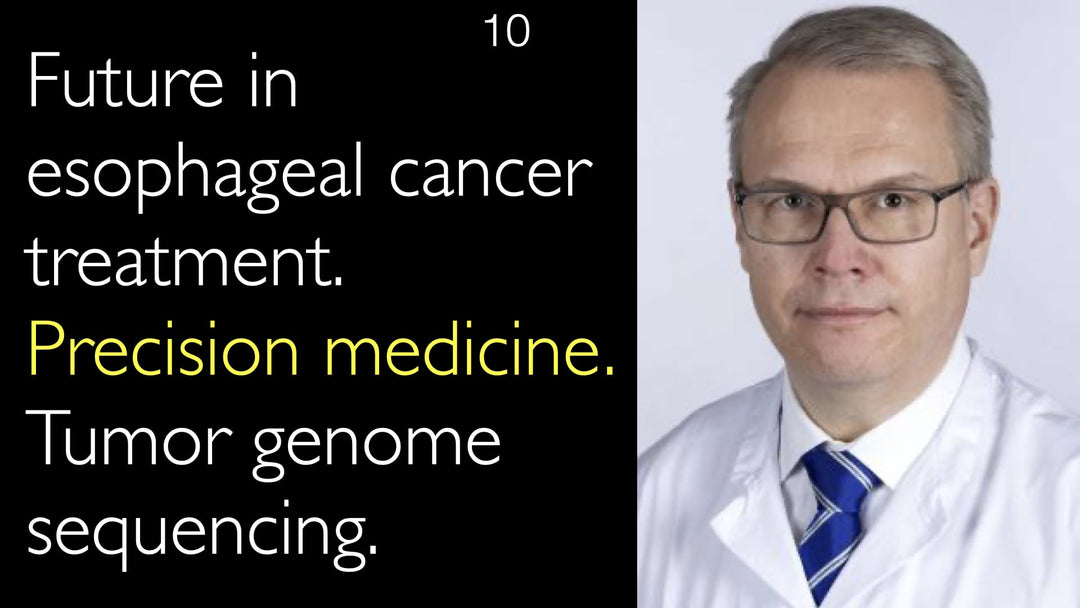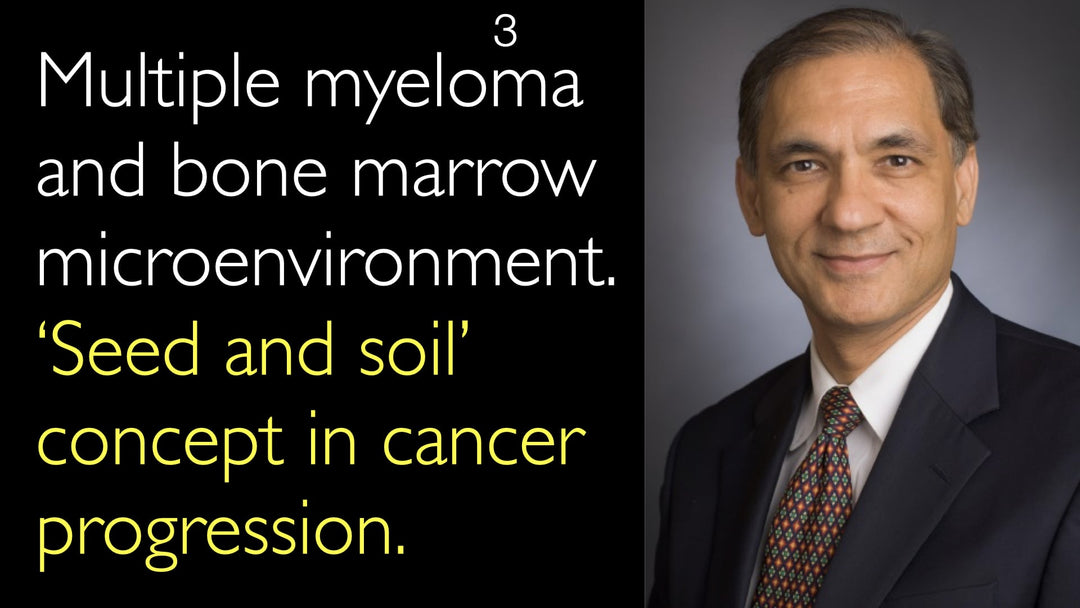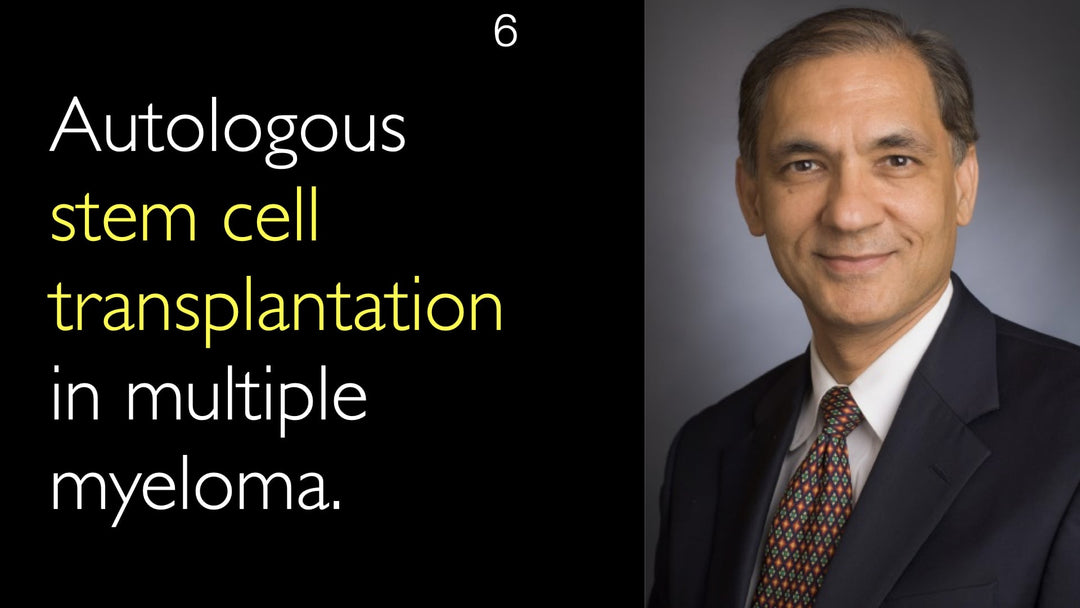A descoberta revolucionária do Dr. Cairncross na década de 1990 identificou a perda simultânea dos braços cromossômicos 1p e 19q como uma característica marcante do oligodendroglioma. O Dr. Sebastian Brandner observa que essa codeleção ocorre em cerca de 80% dos oligodendrogliomas, mas raramente em outros tumores cerebrais. A presença da codeleção 1p/19q está associada a uma melhor resposta à quimioterapia e à radioterapia em pacientes com oligodendroglioma.
Testes Moleculares para Oligodendroglioma vs Astrocitoma: Principais Marcadores Genéticos
Navegar para a Seção
- Desafios na Classificação de Glioma Antes dos Testes Moleculares
- Codeleção 1p/19q: O Marcador do Oligodendroglioma
- Mutação IDH como Indicador Universal de Glioma
- Evolução dos Métodos Diagnósticos de Tumores Cerebrais
- Como os Testes Moleculares Impactam as Decisões de Tratamento
- Disponibilidade de Testes Avançados para Tumores Cerebrais
- Transcrição Completa
Desafios na Classificação de Glioma Antes dos Testes Moleculares
Antes do advento dos diagnósticos moleculares, a distinção entre oligodendroglioma e astrocitoma dependia exclusivamente do exame microscópico, o que frequentemente gerava incertezas. Conforme explica o Dr. Sebastian Brandner, esses gliomas eram muito semelhantes sob a óptica da patologia tradicional. A introdução dos testes genéticos revolucionou a neuropatologia ao oferecer biomarcadores objetivos para uma classificação tumoral precisa.
Codeleção 1p/19q: O Marcador do Oligodendroglioma
A descoberta revolucionária do Dr. Cairncross na década de 1990 identificou a perda simultânea dos braços cromossômicos 1p e 19q como uma característica distintiva do oligodendroglioma. O Dr. Sebastian Brandner ressalta que essa codeleção está presente em cerca de 80% dos oligodendrogliomas, sendo rara em outros tumores cerebrais. Seu departamento de neuropatologia no Reino Unido iniciou os testes clínicos para 1p/19q em 2003, com a demanda crescendo rapidamente à medida que o exame se tornou padrão no planejamento terapêutico.
Mutação IDH como Indicador Universal de Glioma
O Dr. Sebastian Brandner descreve como a descoberta das mutações na isocitrato desidrogenase (IDH), em 2008, estabeleceu um novo paradigma diagnóstico. Pesquisas do Dr. Andreas von Deimling demonstraram que todos os oligodendrogliomas com codeleção 1p/19q apresentam mutações na IDH, enquanto tumores com mutação IDH sem codeleção são classificados como astrocitomas. Esse sistema de dupla marcação hoje fundamenta os critérios de classificação de glioma da Organização Mundial da Saúde.
Evolução dos Métodos Diagnósticos de Tumores Cerebrais
Desde as primeiras técnicas baseadas em PCR até o sequenciamento moderno, os métodos de teste molecular evoluíram significativamente. O laboratório do Dr. Brandner, que analisava cerca de 10 casos por ano em 2003, tornou-se um centro de referência nacional. Os protocolos atuais combinam análise cromossômica com teste de mutação IDH1/2, fornecendo perfis moleculares abrangentes que orientam as decisões clínicas para pacientes com glioma.
Como os Testes Moleculares Impactam as Decisões de Tratamento
A presença da codeleção 1p/19q está associada a uma melhor resposta à quimioterapia e à radioterapia em pacientes com oligodendroglioma. O Dr. Anton Titov destaca que os resultados moleculares influenciam diretamente os protocolos de tratamento – tumores com codeleção frequentemente recebem terapia combinada. O status da mutação IDH também afeta o prognóstico, uma vez que gliomas com mutação IDH geralmente evoluem mais lentamente que os de tipo selvagem.
Disponibilidade de Testes Avançados para Tumores Cerebrais
O Dr. Sebastian Brandner enfatiza o compromisso da rede de neuropatologia do Reino Unido em tornar os testes moleculares amplamente acessíveis. Seu centro atende uma população de 10 a 12 milhões de pessoas, processando amostras de diversos hospitais. Embora a maioria dos grandes centros já realize esses testes localmente, a padronização contínua garante resultados consistentes entre instituições, assegurando o melhor cuidado ao paciente.
Transcrição Completa
Dr. Anton Titov, MD: Existem muitos tipos de tumores cerebrais, sendo o oligodendroglioma uma categoria importante e relativamente comum. A análise molecular avançada desempenha um papel crucial no planejamento do tratamento e na estratificação de risco desses pacientes.
Dr. Sebastian Brandner, MD: Dois aspectos são fundamentais nessa área: pesquisa e diagnóstico. Embora ambos sejam essenciais, meu foco inicial está no diagnóstico.
No início dos anos 1990, o Dr. Cairncross descobriu um marcador genético distintivo no oligodendroglioma – a codeleção dos braços cromossômicos 1p e 19q. Essa descoberta revolucionária logo se expandiu e foi incorporada à prática clínica.
Nos últimos 10 a 15 anos, o diagnóstico molecular ganhou importância crescente, uma vez que as decisões terapêuticas passaram a depender frequentemente da detecção da codeleção 1p/19q.
Em 2008, um consórcio de pesquisa americano identificou mutações na enzima isocitrato desidrogenase (IDH) em oligodendrogliomas e astrocitomas. Um ano depois, mutações na IDH também foram encontradas em alguns tumores de tecidos moles e neoplasias hematológicas.
Pouco depois, o Dr. Andreas von Deimling, em Heidelberg, conduziu estudos aprofundados sobre a relação entre mutações na IDH e esses gliomas. Sua equipe confirmou que a codeleção 1p/19q sempre coexiste com mutação na IDH em oligodendrogliomas, enquanto um grupo distinto de tumores cerebrais com mutação IDH sem codeleção é classificado como astrocitoma.
Dr. Sebastian Brandner, MD: Meu departamento implementou o teste molecular para 1p/19q em 2003, analisando inicialmente cerca de 10 tumores cerebrais por ano. Entre 2004 e 2005, ampliamos para 20 a 30 testes anuais, refinando nossos métodos diagnósticos com técnicas baseadas em PCR.
Atualmente, meu laboratório presta esse serviço de diagnóstico molecular para departamentos de neuropatologia em todo o Reino Unido.
A sociedade de neuropatologia incentiva fortemente a realização desses testes localmente, garantindo que os pacientes tenham acesso a um diagnóstico preciso de tumor cerebral sem demora. Embora a maioria dos grandes centros de neuropatologia no Reino Unido já faça seus próprios testes, meu departamento atende uma região extensa – cobrindo de 10 a 12 milhões de pessoas – e recebe amostras de tumor cerebral de diversos hospitais.
Oligodendroglioma e astrocitoma são dois tipos principais de gliomas. A classificação precisa é vital para definir as melhores estratégias de tratamento.
Em alguns casos, os testes moleculares também são realizados em tumores com expectativa de resultado negativo para essas mutações, a fim de confirmar o diagnóstico e compreender a biologia tumoral.
Dr. Anton Titov, MD: Um entendimento mais aprofundado dos biomarcadores moleculares possibilita diagnósticos mais precisos e bem definidos, o que, em última análise, resulta em melhores desfechos para os pacientes.


